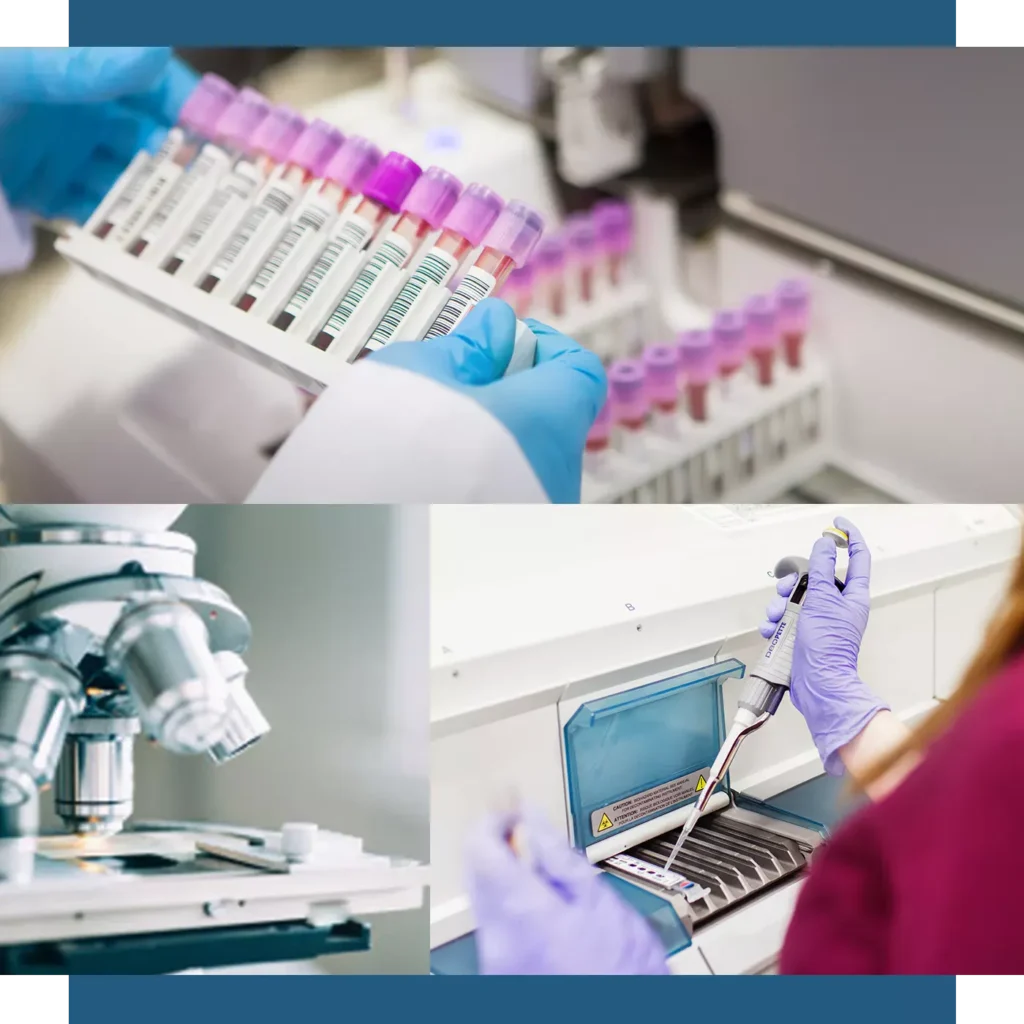Hormone treatment
In case of involuntary childlessness, hormone treatment can increase the chances of achieving pregnancy.

What is the purpose of hormone treatments?
The hormone treatment of the woman aims to increase the probability of a pregnancy by insemination. This is because the hormone treatment can increase the number of eggs that mature. The chances of a good result per treatment cycle can vary greatly depending on the age of the woman and the cause of involuntary childlessness. The chance of pregnancy with hormone treatment during IUI is on average between 10 and 25%.
When is hormone therapy appropriate?
Hormone treatment is particularly suitable for women with a lack of ovulation or an irregular cycle. Both reasons make it difficult to hit the right time for intercourse/insemination. The hormone treatment ensures the maturation of 1-2 eggs, and makes it easier to get the most optimal timing. In slightly older women over the age of 35, the chance of pregnancy increases with the hormone treatment, as more eggs mature in addition to one. The chance of pregnancy decreases with age, as the quality of the eggs is affected over time.


"PCOS" – polycystic ovary syndrome
In some women, an ultrasound scan can detect multiple follicles on the ovaries, so that the monthly maturation of a single follicle can be delayed or prevented. This disorder is called “PCOS” – polycystic ovary syndrome. In these cases, maturation and subsequent ovulation can also be achieved with hormone treatment.
Other hormonal causes
There are other hormonal causes of disruption of egg maturation. Thus, an increased concentration of the hormone prolactin can also inhibit fertility. Prolactin promotes the growth of the mammary glands during pregnancy and suppresses ovulation. An increased concentration of prolactin before pregnancy can be treated with prolactin-inhibiting medication.

How does hormone treatment for insemination (IUI) proceed?
The hormonal stimulation of ovulation occurs in several stages:
1. Start the treatment
Treatment is usually started on the second to third day after your period. You have to have a scan at the clinic, where we check that everything is in order before you start the medication. That is that there must be no cysts on your ovaries and that the lining of your uterus must be thin. Both are important to have the best chance of pregnancy.
The medicine can either be given orally in the form of tablets or as an injection. The medicine is usually injected once a day using a pen. We provide thorough training so that you can perform the injection yourself in the evening.
2. Ovulation and fertilization
After approx. a week you will come for a scan where we check whether the follicles have grown. The eggs mature with the growing oviduct. When the follicle is approx. 18-20mm, the egg is ready for ovulation. Ovulation is ensured by taking the hormone human choriogonadotropin (hCG). At the last check, the time for insemination is agreed.
Side effects and risks of hormone therapy
Hormone treatment can be associated with side effects and risks, which the attending physician informs about individually before the treatment. The doctor regularly checks the treatment along the way to avoid overdose and minimize the risks.
Possible side effects of the treatment are, for example:
- Hot flashes
- Headache
- Depression
- Blood clots
Overstimulation:
If too many follicles are formed due to the treatment, the doctor advises against intercourse. This is because too many mature eggs increase the risk of multiple pregnancy (twins, triplets, etc.), which is associated with a health risk. The dosage of the hormone preparation can then be reduced in the next treatment cycle.
Ovarian Hyperstimulation Syndrome (OHSS):
The hormonal stimulation can trigger an overproduction of eggs in the ovaries, whereby a number of processes occur in the body which can lead to fluid accumulation in the abdominal cavity or other places with, among other things, resulting in abdominal pain. If the prescribed control agreements during the treatment are observed, the risk of OHSS is a maximum of 2%.
